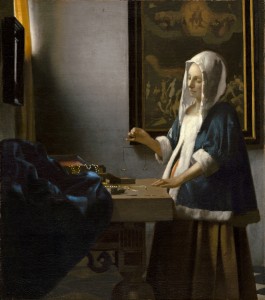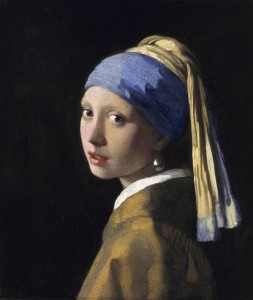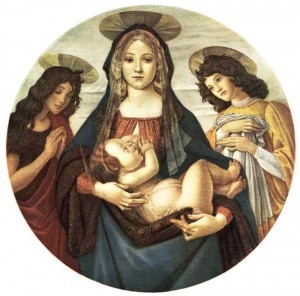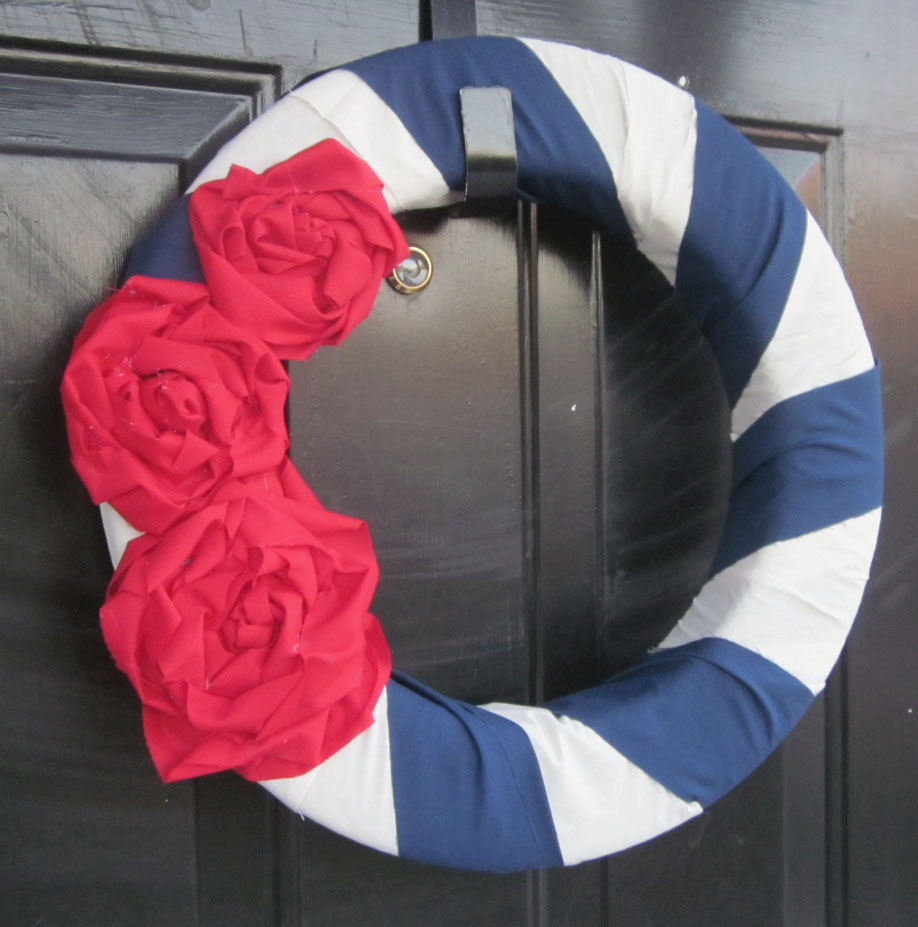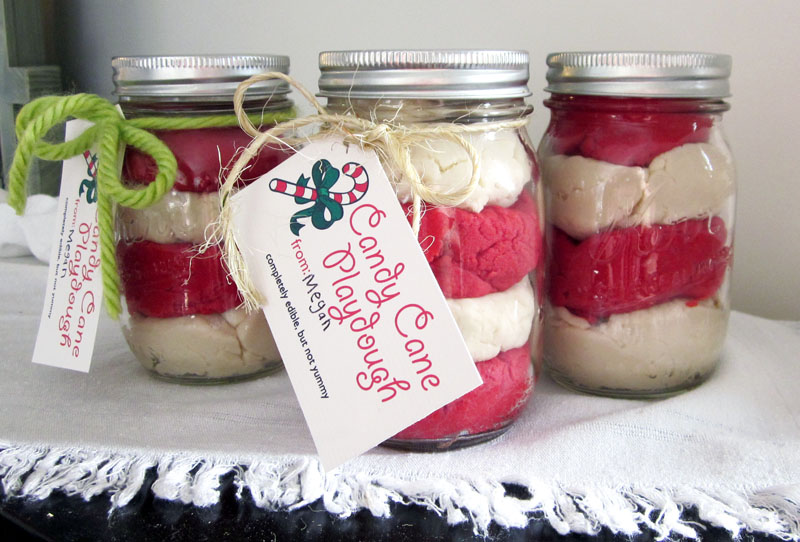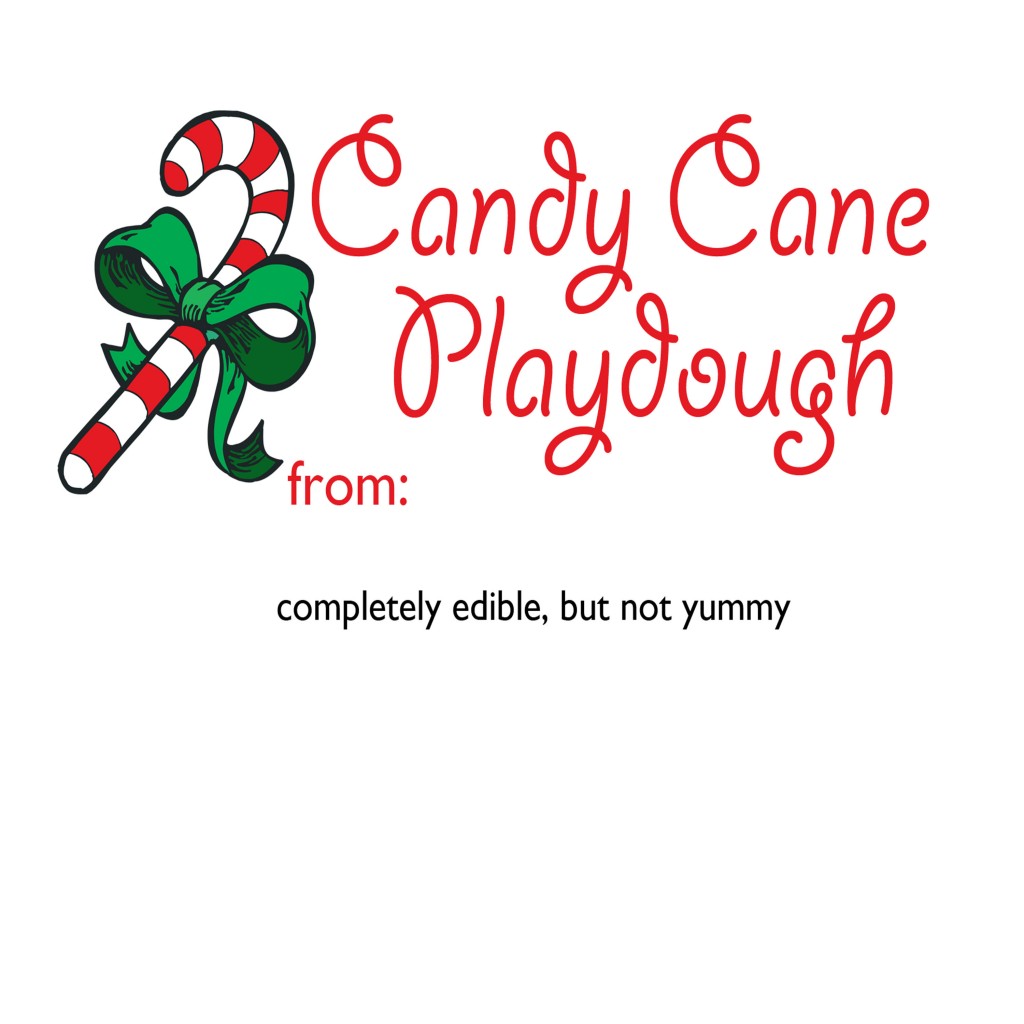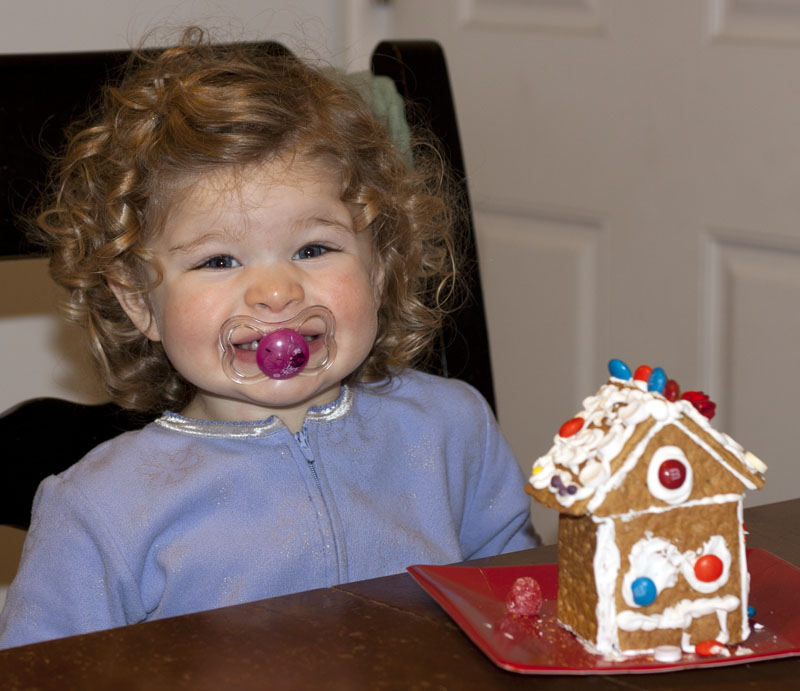I am excited for this first project, I think the students will really enjoy the chance to do a bit more serious self portrait and Frida Kahlo is a fascinating artist! The art cart should be stocked to last the month. I set out the paints that were left over from last year. Please throw them away when they are used up and feel free to open a box of new ones when they start to run low. There are cups for water as well on the cart, I usually put one cup per 2 students, then just rinse them out and stack them on the cart for a few more uses. Please rinse out the brushes and put them brush tip up in the containers. Thanks again, I hope you have a great experience with the students! Don’t hesitate to contact me if you need anything!
 Frida Kahlo de Rivera was born on July 6, 1907 in Mexico City. She was a larger than life personality, but had to overcome many obstacles in her life. The Mexican Revolution began during 1910, when Kahlo was three years old. She later gave her birth date as July 7, 1910, allegedly wanting her birth to coincide with the beginning of the revolution so her life would begin with the birth of modern Mexico. In her writings, she recalled that her mother would usher her and her sisters inside the house as gunfire echoed in the streets of her hometown. In her home, Kahlo was the third of four sisters. Her parents had miserable relationship and her mother was documented to be a depressed and domineering woman. Frida had a difficult relationship with her; but loved her father who was gentle and affectionate.
Kahlo contracted polio at age six, which left her right leg thinner than the left; she was self-conscious about it and disguised this later in life by wearing long skirts or trousers. To help her regain her strength, her father encouraged her to exercise and play sports. She took up bicycling, roller skating, swimming, boxing, and wrestling, despite the fact that many of these activities were then reserved for boys. She may have also been born with spina bifida, which would have affected both spinal and leg development.
In 1925, she was attending a premier school and studying to be a doctor when the bus she was riding in collided with a trolley, leaving her near dead. After 35 operations (mainly on her back and legs), she survived, but was left in a great deal of pain, and she spent three months recovering in a full body cast. Although she recovered from her injuries and eventually regained her ability to walk, she would deal with relapses of extreme pain for the remainder of her life. Often it left her confined to a hospital or bedridden for months at a time. The medical complications and permanent damage also prevented Kahlo from having a children later in life.
After her accident, Kahlo abandoned the study of medicine and began to paint to occupy herself during her three-month immobilization. Self-portraits were a dominant motif then. Kahlo once said, “I paint myself because I am so often alone and because I am the subject I know best.” Kahlo created at least 140 paintings, along with dozens of drawings and studies. Of her paintings, 55 are self-portraits which often incorporate symbolic portrayals of physical and psychological wounds. She insisted, “I never painted dreams. I painted my own reality.”
Kahlo was heavily influenced by indigenous Mexican culture, which is apparent in her use of bright colors, dramatic symbolism and primitive style. Christian and Jewish themes are often depicted in her work. She combined elements of the classic religious Mexican tradition with surrealist renderings. Even though some critics classify her as a surrealist, she rejected the label and the movement. Surrealism showed dreamlike, improbable subjects with photo-realistic accuracy. Kahlo said that she didn’t paint her dreams, but her reality, therefore she wasn’t surrealist.
As a young artist, Kahlo communicated with the celebrated Mexican painter Diego Rivera whose work she admired, asking him for advice about pursuing art as a career. He recognized her talent and encouraged her artistic development. They began an intimate relationship and were married in 1929, despite the disapproval of Kahlo’s mother. Frida and Diego had a tempestuous relationship. Both artists enjoyed much fame and interest in their lives in both Mexico and the United States. They were active Communists and did a lot of work to promote the political party. Kahlo died on July 13, 1954, soon after turning 47
Project: Self Portraits:
As you look at Frida Kahlo’s self portraits, there is a good physical likeness, but she also conveyed a lot of information about her thoughts and feelings. Today we are going to paint self portraits. Use the mirrors to observe the little details about your face, but also try to add information that will help the viewer understand your heart and mind as well.
- Give each student and mirror and ask them to wait to start drawing, talk them through observing aspects of their face.
- Point out the basic shape of their features and ask them to notice what makes unique, talk about the textures and colors you see.
Now guide them through a few basics for proportions, etc.
- Your face is about the same size as your hand! Ask the students to put their hands on their faces. Then put their hands on the paper and make a little mark at the top of their middle finger and the base of their hand by their wrist. Then they can make the shape of their face as they look in the mirror.
- Now lightly divide the face into fourths. They eyes should go just above that midline. (I like to tell the students that they need to leave room for their brains. Then point out the hairline and how we can see past it…that is where their brains go!)
- The nose can be made by making a shallow “u†along the middle line, about halfway between the eyes and chin, then filling in nostrils. The rest can follow. Don’t forget eyebrows and the chin!
- Finally, ask them to notice colors and textures and try to convey that. (ie. Hair is never just one color, notice the shadows and the pinkness of your checks, etc.)
- Hopefully they have been thinking about other features of the portrait that will give information about their insides. Now that we have their outsides sketched in, add those things!Â

